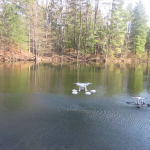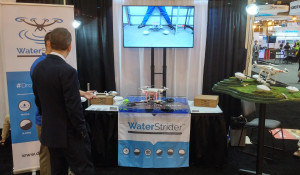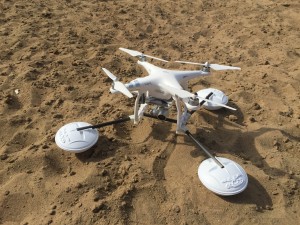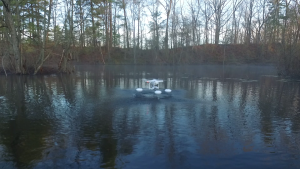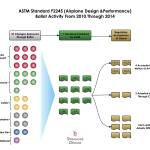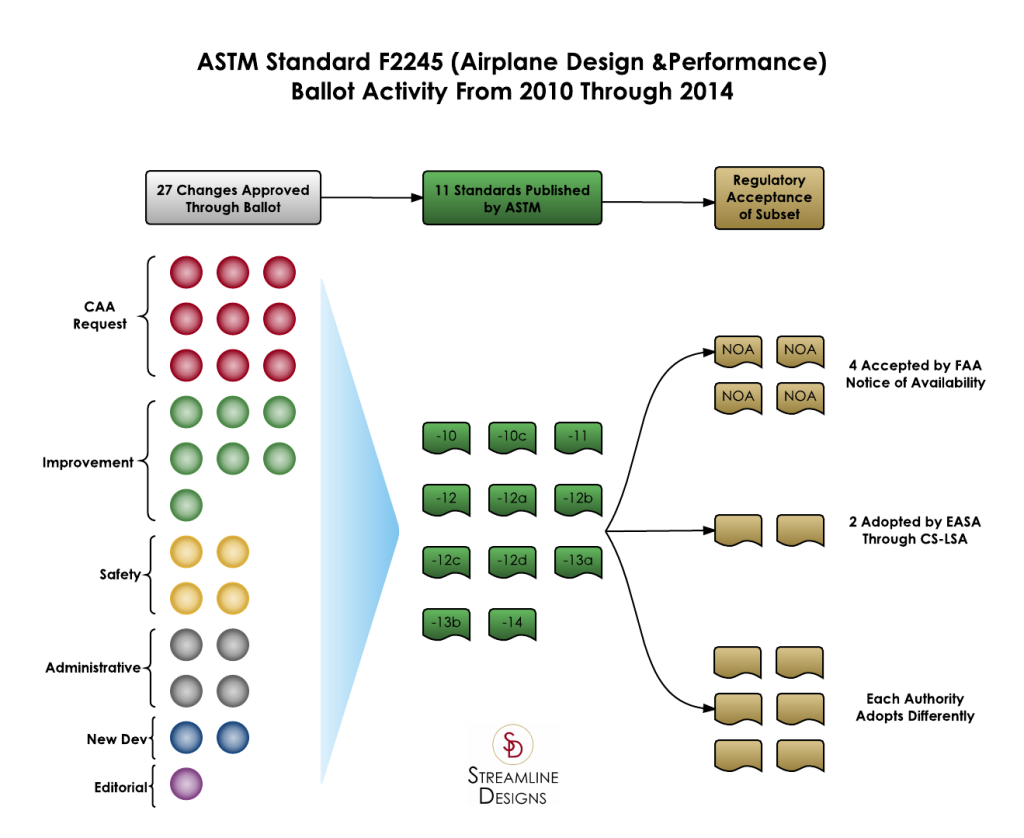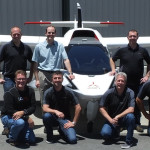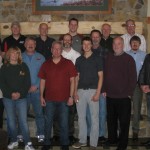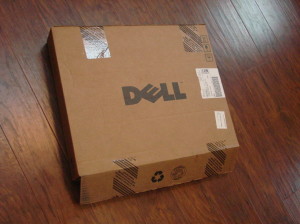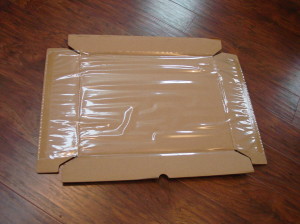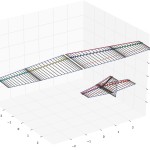
You may have had this experience — in a student project, a house remodel, or at work. You are managing or a part of a big project that contains a bunch of mini-projects or every day actions that must be done in a way which completes the overall objectives. You make (or are given) a large Gantt chart with a big pretty wall-sized graphic of a waterfall plan. The song goes a little bit like this, “I depend on you / you depend on me / if anyone misses the critical path / we’re all late from A to B.” And typically, by choice or chance, someone is late with something or the complexities of an organization or a large project cause difficulty.
The Agile movement seeks alternatives to the project management disappointments we have all been exposed to. Scrum is an Agile, alternative framework useful for multi-step, multi-disciplinary projects with “aggressive deadlines, complex requirements and a degree of uniqueness” (from this article at MountainGoatSoftware). Scrum consists of three distinct parts: the team, events, and artifacts — the who, how, and what is generated of every project, respectfully.
Streamline Designs decided to apply the Scrum methodology in a certification project nearly 10 years ago. It was a huge, multistep project that was set to last about 18 months. We sought to deal with inherent earthly unpredictability through Scrum’s iterative work cadences and the use of actual productivity data to drive our predictions and decisions. Since then, we have used the methods extensively since then and have been using them internally at SD for several years now. Our family (the Morrisons) even started using Scrum to manage our household activities.
As a company, we have found the use of Scrum to be beneficial to our clients who understand that there are many variables in a project, including schedule, personnel, and money, among others. Scrum has allowed us to make strong recommendations based on real information, which has allowed our clients to make data driven, informed decisions. Adam, as a certified Scrum Master, is ready to help your organization unlock the frustration you’ve had for years, and realize the empowerment leaders already have but haven’t yet realized within their businesses.
Internally, Scrum is moving us toward frustration-free work planning within the Streamline Designs organization. We know how much we can get done based on our own actual history as a team at the task level, and we are learning the disciplines of planning for reality — not for wishes, hopes, and pixie dust. We have always striven to be a firm who can actually over-deliver every time and Scrum helps us to be able to even plan for that on a day to day basis.
A word of warning: Scrum does not allow the kind of “sweep it under the rug of unpredictability” excuse-making that oft occurs with waterfall planning or non-planning. That is one of the beauties of Scrum we honestly love — it forces transparency, of the level of complexity of a task, of the relative productivities of various teams and team members, and forces clarity of calling a task “done.”
For more information on using the Scrum methodology to improve the effectiveness of your organization, feel free to contact us here or check out the links below:
- The Scrum Alliance
- This Scrum Guide
- This Video Overview
- Or this one, which is sliced and diced by Scrum roles, artifacts, and events.

